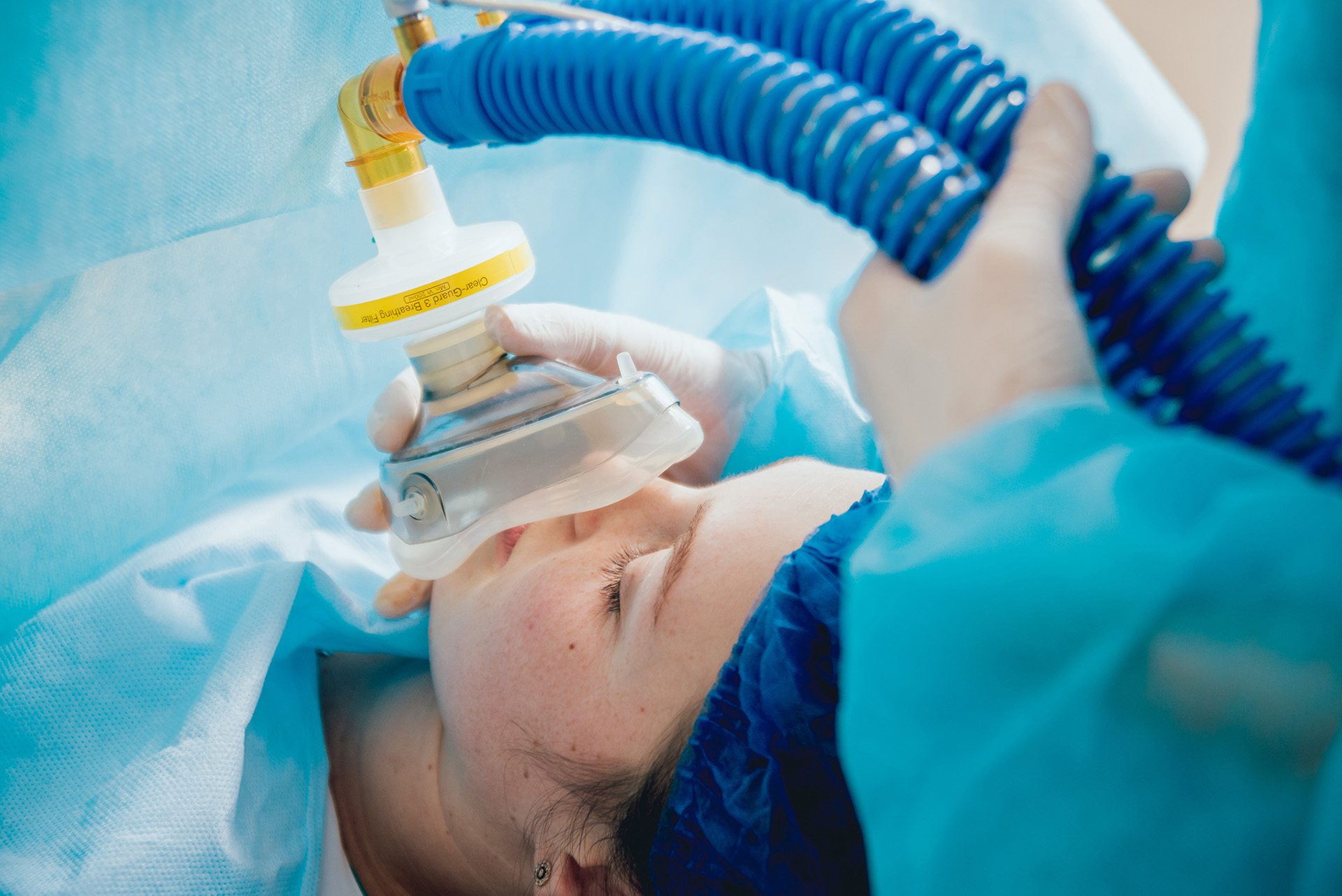
A nurse anesthesiologist will talk to you prior to surgery and discuss your individual method for anesthesia. It is important that you familiarize yourself with the anesthesia techniques and issues written below so that you may discuss them more fully with your Anesthesiologist. This form has been developed to assist you in making an informed healthcare decision, but it should not be your only source of information in making a decision.
Minor issues experienced from anesthesia may include nausea and vomiting, headache or injury to teeth or dental work. The major techniques and their related issues are outlined below. Although rare, unexpected severe complications can occur and include the remote possibilities of: infection, bleeding, medication reactions, blood clots, loss of sensation, loss of limb function, paralysis, stroke, brain damage, heart attack or possibly death.
It is important for you to understand that these risks apply to all forms of anesthesia and that additional or specific risks are identified below. The anesthetic technique to be used during your procedure is determined by many factors including your physical condition, the type of procedure you are having, your doctor’s preference, as well as your own desire(s).
In some cases, an anesthesia technique that involves the use of local anesthetics, with or without sedation, may not succeed completely. All forms of anesthesia involve some risks and no guarantees or promises can be made concerning the results of your procedure or treatment.

As a patient you have the right to have all of your questions answered prior to the induction of anesthesia. Please consult with the staff or physician at any time regarding any issue.